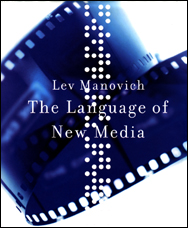The SocialEast Seminars: (Re-)Locating Eastern European Art
SocialEast Seminars. Manchester (Art and Ideology) and Budapest (Art and Documentary).
Recently the theoretical debate around art and visual culture in Eastern Europe has gained a new platform of discussion. Initiated by MYRIAD Manchester Metropolitan University, the SocialEast Forum focuses on regional art practices between the end of the Second World War and the fall of Communism in 1989-1991. The forum launched its program with a series of seminars during which scholars, curators, and artists from all over Europe contributed to a new understanding of art and culture in Eastern Europe. This review concerns two of the seminars that took … Read more







